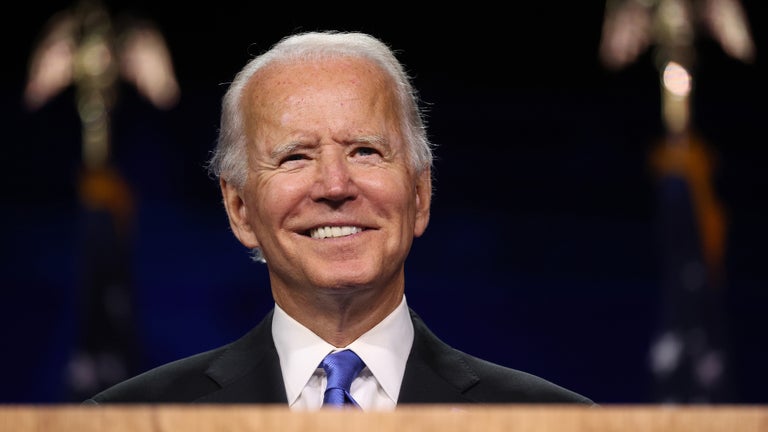In August of last year, Joe Biden announced that he would be forgiving $10,000 worth of student debt for individuals with income below a certain level. The Biden administration claimed that a post-9/11 statute called the HEROES Act gave him this authority because it allows the president to modify student loans in response to a national emergency.
After he announced the policy, various individuals, organizations, and governments filed lawsuits trying to have the program halted. One of those suits has made it to the Supreme Court and the court may decide on it soon. Many court-watchers and legal analysts believe that the Supreme Court is likely to conclude that Biden’s move is unconstitutional under the major-questions doctrine provided that the Supreme Court also concludes that the plaintiff in the case — a state-affiliated debt servicer in Missouri called MOHELA — has standing to sue.
If the Supreme Court rules against Biden, it will obviously be a major blow to the cause of student debt forgiveness. But there is another more straightforward legal path for Biden to unilaterally forgive a lot of student debt that does not rely upon expansive interpretations of a post-9/11 statute.
In the Higher Education Act (HEA), Congress has, not just authorized, but directly mandated the Department of Education (DOE) to create income-driven repayment (IDR) programs for student loans. One of those programs, called income-based repayment (IBR), has its parameters specifically spelled out in the statute (20 USC 1098e). The other program, called income-contingent repayment (ICR), is just a general grant of authority to the DOE to create income-driven repayment programs with the parameters of its choosing (20 USC 1087e(e)).
The DOE has already created three IDR programs under this ICR authority: one called Income-Contingent Repayment, another called Pay As You Earn (PAYE), and a third called Revised Pay As You Earn (REPAYE).
Under these IDR programs, students must pay (1) a certain percent of their income (2) beyond a certain percent of the poverty line (3) for a certain number of years in order to receive debt forgiveness. These three parameters vary between the three programs and can be set pretty much wherever the DOE chooses to set them. The HEA contains some limits on how stingy the limits can be, but not how generous they can be.
When Biden announced his student debt forgiveness plan, he also announced a new ICR-based proposed rulemaking that got much less attention. Under the proposal, the REPAYE IDR program would be amended so that instead of forgiveness being provided to students after they have paid (1) 10 percent of their income (2) beyond 150 percent of the poverty line (3) for 20 years, they would instead be provided forgiveness after they have paid (1) 5 percent of their income (2) beyond 225 percent of the poverty line (3) for 10 years if their original student loan balance was below $12,000 or 20 years if their original student loan balance exceeded $12,000.
In the long run, this change, if it is administered well, will actually forgive far more student debt than the $10,000 forgiveness that has gotten all of the attention and legal challenges. But the authority that allows Biden to make this change through regulation would also allow him to go much further.
On its face, there is no reason why Biden could not use this authority under the HEA to create a new IDR program that states, for example, that students will be eligible for debt forgiveness after they have paid 1 percent of their income beyond 100 percent of the poverty line for 1 year. This kind of change would forgive far more student debt than the change that is currently facing legal challenge.
To be sure, a new IDR program with these parameters will generate lawsuits and you never know what any court will necessarily decide. But, unlike the current student debt forgiveness program that relies upon a heroic reading of the HEROES Act, this particular approach is based on a more straightforward use of authority granted under the HEA, authority that many presidents have used to increase the generosity of IDR options for student debtors.

